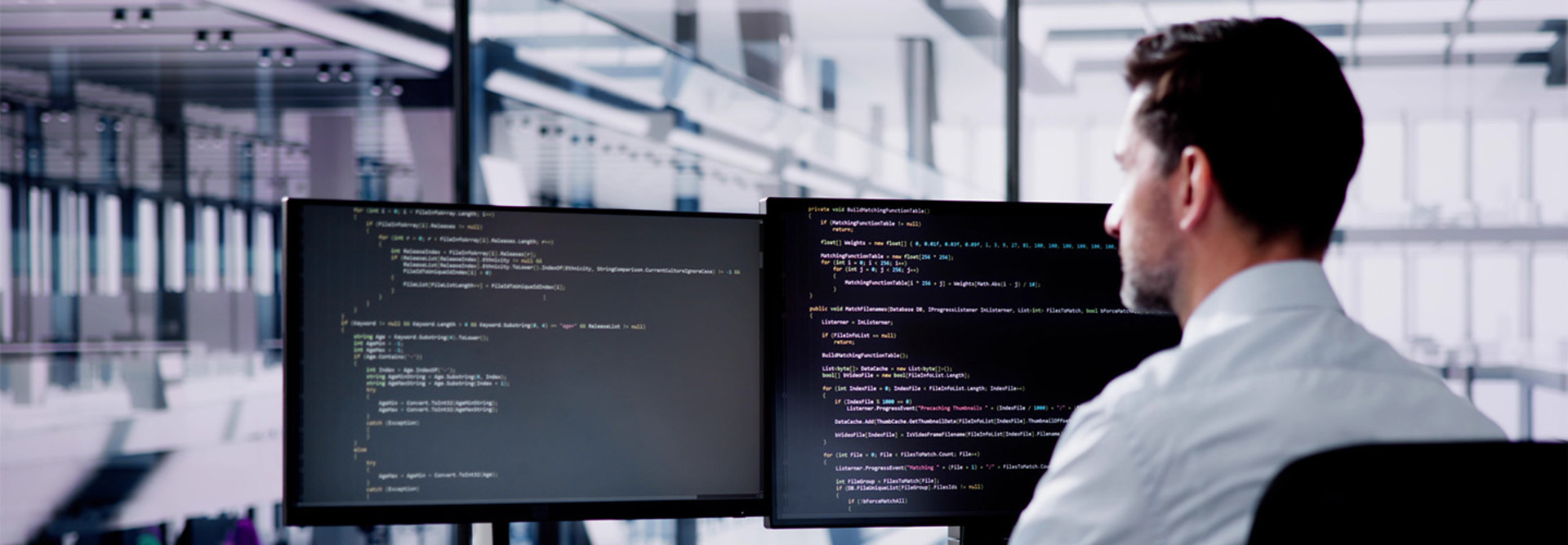This automation improves networking efficiency and saves agencies time and money.
“Zero-touch provisioning simplifies and expedites how IT teams deploy network devices. It significantly reduces the time and effort required to stand up new services and sites, eliminates the potential for human error during setup, and ensures consistent configurations across large-scale deployments. Ultimately, it improves the resilience of critical IT infrastructure,” DePreta says.
Manually configuring network devices can be time-consuming, he says. By contrast, zero-touch provisioning streamlines deployments and reduces the need for hands-on management by government IT staff.
Zero-touch provisioning also opens the door for state and local governments to incorporate emerging technologies, he adds.
“Cisco recently launched a 5G fixed wireless access device, the MG52, that builds on this capability by enabling government agencies to stand up thousands of full-stack sites at once with instant-on provisioning and remote activation using its unique, cloud-managed eSIM technology,” DePreta says.
Thanks to zero-touch provisioning, agencies can save tens of thousands of dollars per site when incorporating 5G fixed wireless access and up to nine months of time building out a network, he says.
DISCOVER: States push to expand rural broadband.
How Does ZTP Benefit State and Local Agencies?
First and foremost, state and local government agencies have a mission to serve the public, DePreta says. But budget constraints can limit the resources available to support citizen services.
“With zero-touch provisioning unlocking greater time efficiencies, these agencies can more optimally serve the public,” he says. “For example, research shows that shaving mere seconds off emergency response calls yields more lives saved.” Government agencies also can reach wider and broader audiences and increase constituent trust by delivering crucial food and mobile healthcare services faster.
Even agencies with strong budgets can benefit from more efficient spending thanks to zero-trust networking, DePreta adds.
“By eliminating the need for manual intervention, government agencies can optimize budgets to better serve their communities and become smarter in the way they deliver services. From public services such as mobile healthcare clinics to public safety activities such as emergency response and disaster relief, ZTP enables government agencies to do more with less,” he says.
EXPLORE: Public safety drives deployment of mission-critical operations centers.
In Cass County, officials quickly extended the government network to the edge in an emergency situation. With zero-touch provisioning, any agency can send switches and other devices to branch offices and set them up fast and easily. Similarly, government IT administrators can grow their networks by adding wireless access points by simply turning them on.
“You can take a couple of devices and ship them to a branch, and someone who is not necessarily a technical expert in that branch can unbox them and plug them in. You are then up and running right away,” DeBacker says.
Extreme Networks extends zero-touch provisioning to third-party devices as well. To boost physical security, state and local governments have rapidly deployed video surveillance cameras, for example. These cameras run on Power over Ethernet, and they are provisioned automatically.
“We work with surveillance camera companies such as Panasonic i-PRO and Verkada,” DeBacker says. “You can take a Verkada camera and plug it in, and it automatically attaches to our fabric.”
RELATED: Verkada CD52 Dome Camera supports agencies with easy integration.
Does ZTP Help Governments Adopt Emerging Technologies?
As networking continues to evolve, state and local agencies can capitalize on emerging technologies with zero-touch provisioning, experts say.
“Wi-Fi 7, 5G and emerging technologies such as low Earth orbit satellites all offer innovative ways for government agencies to get connected in remote locations,” DePreta says. Zero-touch provisioning empowers agencies to optimize their networking with these technologies across the enterprise by integrating interoperable devices seamlessly.
Zero-touch provisioning also can enable enhanced security capabilities. For example, Cisco and Extreme Networks support zero-trust network access through their cloud offerings. Universal ZTNA integrates network, application and device access control, easing visibility into security controls and simplifying their management.
While zero-touch provisioning can ensure secure configurations of network devices through automated onboarding, agencies can enable additional security rapidly with strong network access controls.











